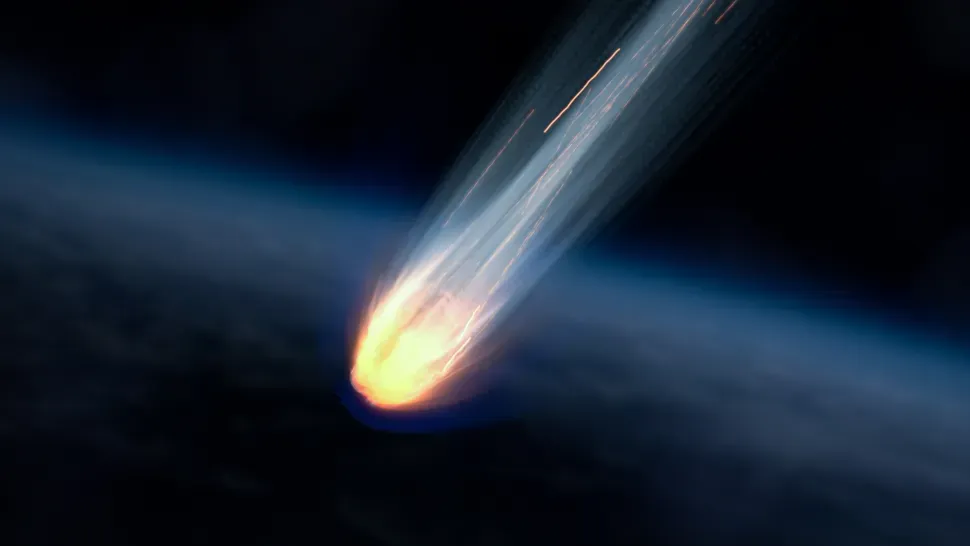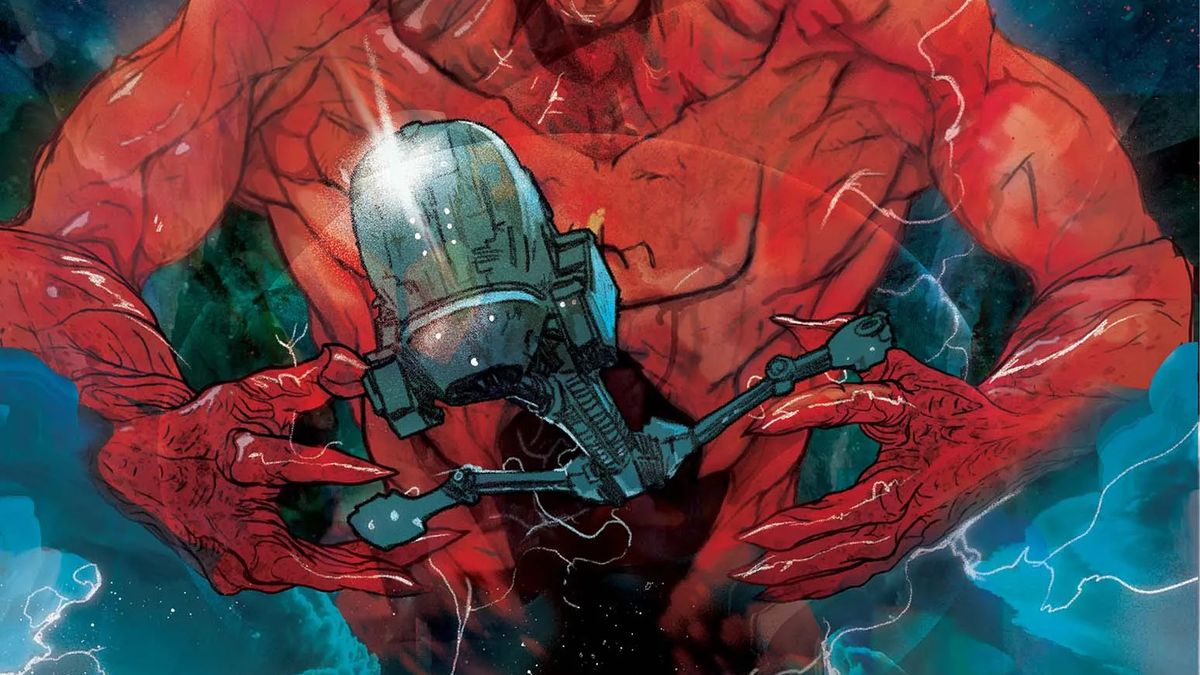Sign up for CNN’s Wonder Theory science newsletter. Explore the universe with news on fascinating discoveries, scientific advancements and more.
May’s full moon, known by its popular nickname as the flower moon to signify the many blossoms of spring, will be bright in the sky on Sunday night — despite it being a “micromoon.”
The full moon technically peaks at 12:56 p.m. ET on Monday, but it will appear full on Sunday and Monday evening, according to EarthSky.
The moon will rise low in the southeast after sunset on Monday and ascend to its highest point in the sky after midnight.
May’s full moon is the third, and final, in a succession of this year’s micromoons, which occurs when Earth’s natural satellite is at its greatest distance from Earth and appears smaller than a typical full moon.
The moon will be 251,939 miles (405,456 kilometers) away from Earth, versus its average distance of 238,855 miles (384,400 kilometers), according to NASA.
The moniker of flower moon draws from a Comanche name associated with May’s full moon. But indigenous tribes vary in how they refer to the silvery orb during this time of year. The Creek and Choctaw people both refer to it as the mulberry moon, while the Cree call it the frog moon. The Anishnaabe tribe knows it as the blossom moon, and the Apache refer to this moon rising during the “season when the leaves are green.”
Upcoming full moons
Following the final micromoon of the year, there are seven more full moons to look out for in 2025, with supermoons occurring in October, November and December.
Here’s the list of full moons remaining in 2025, according to the Farmers’ Almanac:
June 11: Strawberry moon
July 10: Buck moon
August 9: Sturgeon moon
September 7: Corn moon
October 6: Harvest moon
November 5: Beaver moon
December 4: Cold moon
Lunar and solar eclipses in 2025
In the lead-up to the fall season, two eclipse events will grace the sky.
A total lunar eclipse will be most visible from Europe, Africa, Asia, Australia, parts of eastern South America, Alaska and Antarctica on September 7 and 8, according to Time and Date.
A lunar eclipse, which causes the moon to look dark or dimmed, occurs when Earth is between the sun and moon and the three celestial objects line up in a row so that the moon passes into our planet’s shadow.
When the moon is within the darkest part of Earth’s shadow, called the umbra, it takes on a reddish hue, which has led to the nickname “blood moon” for a lunar eclipse, according to NASA. That shadow isn’t perfect, so sunbeams sneak around the shadow’s edges, bathing the moon in warm hues.
A partial solar eclipse will occur on September 21 as the moon moves between the sun and Earth but the celestial bodies aren’t perfectly aligned, according to NASA. In this type of event, the moon only blocks part of the sun’s face, creating a crescent shape in which it appears the moon is taking a “bite” out of the sun. This event will be visible to more remote areas of Australia, Antarctica and the Pacific Ocean.
For more CNN news and newsletters create an account at CNN.com
.png)
 German (DE)
German (DE)  English (US)
English (US)  Spanish (ES)
Spanish (ES)  French (FR)
French (FR)  Hindi (IN)
Hindi (IN)  Italian (IT)
Italian (IT)  Russian (RU)
Russian (RU) 








Comments